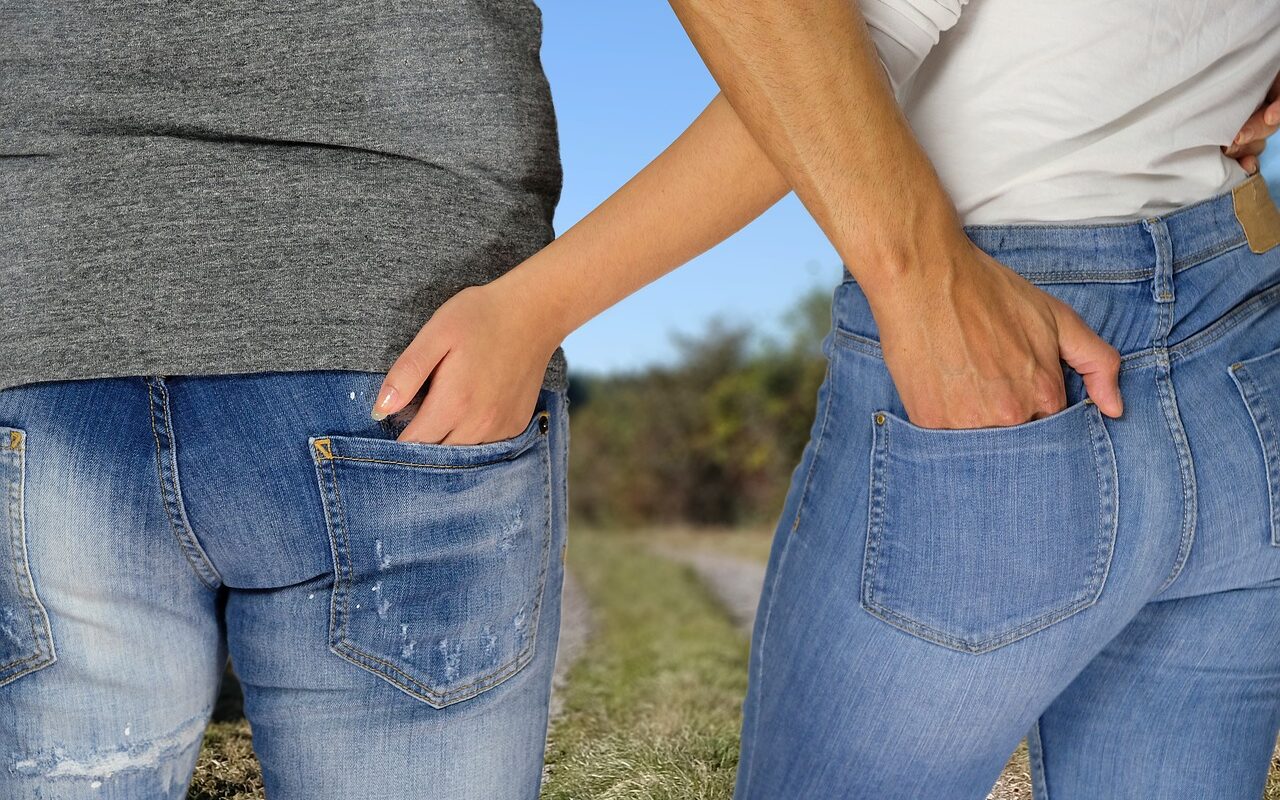Rashes and itchiness that tends to occur on the inside or atop the skin covering the butt can be excruciatingly painful, horribly irritating and a symptom of a serious skin condition. And the worst part is, since we can’t see our behinds unless we can twist our head to the backside, it’s hard to analyze the condition and characteristics of the rash without having someone else take a look at it. An idea that comes with a great deal of embarrassment and hesitation.
Who relishes the idea of having a doctor, male or female, stare down one’s butt or worse, stretch apart one’s butt cheeks? No one, right? But this entire embarrassment can be prevented by understanding the symptoms, spotting the condition and knowing how to treat it.
Here, take a look at the most commonly occurring butt rashes and how they can be treated:
1. Itchy & Painful Red Blisters
If your rash is extremely itchy and has painful tiny red blisters, chances are that it is an outbreak of herpes. Research reveals that this STD virus doesn’t only attack the mucus membranes within the mouth or the genitals, but in fact, it is very common for it to emerge on the skin covering the butt. The symptoms tend to be much like those of genital or oral herpes, and you can spot one or several small blisters clustered together. Your dermatologist will diagnose this condition by prescribing antiviral medications, which allow a speedy recovery.
2. Tender red bumps
Rashes that tend to tender bumps, very similar to big pimples and red in color, are an indication of folliculitis, commonly known as buttne. Medical experts believe that folliculitis occurs when the hair follicles on the upper thighs and cheeks become clogged with bacteria and dead skin cells. It’s not a very serious skin condition and you can heal it easily. Use ointments, creams and other products that contain OTC benzoyl peroxide, and be sure to take adequate preventive measures. For instance, wear light fabrics that allow the skin on your butt to breathe rather than being trapped with sweat, and always take a shower after a sweaty workout at the gym.
3. Red Scaly Patch across your Butt Crack
Research reveals that psoriasis usually exhibits itself as a red, itchy and scaly rash that appears atop your butt crack or above it in certain cases. It is a non-contagious, yet chronic skin ailment that occurs when the production of skin cells begins to accelerate abnormally.
It usually tends to occur in the skin between your butt crack and your lower back. The rash may have red scaly patches, but in some cases the patches can also be silver, white or pink. Flakiness is always a definite symptom, and you can also see psoriasis emerging on your nails, elbows and scalp.
Your dermatologist will treat this disease by prescribing steroid creams, and if you’ve spotted its symptoms, get it check immediately.
4. Flaky & Small Red Spots
If your rash is super itchy, with small red lumps and excessive flakiness, chances are that it is a case of eczema. Eczema tends to occur due to skin-tight synthetic materials that trap heaps of sweat and heat between your skin and your clothing staples. For instance, if you’re fond of wearing stretchy tights and skin tight fittings, particularly in the summers, you’re practically inviting eczema to come prey on your skin.
You can get rid of eczema by moisturizing your skin and applying OTC hydrocortisone ointment and cream. Make sure your skin never gets attacked by spells of dryness by locking the moisture in with lotions and creams. Also, wear clothes that are more breathable, and try to stock up staples made with natural fibers or cotton, they will allow fresh air to dry up the sweat during the hot days of the year. If the itchiness refuses to go away, contact your dermatologist and seek a stronger treatment.
5. Itchiness on the Anus
If you have a rash on your anus and the itchiness is extremely unbearable, it’s probably a case of hemorrhoids. Research reveals that hemorrhoids are basically tiny protrusions of veins, and they are surrounded by severe inflammation and swelling. These protrusions can be horribly painful and super itchy, hence most patients tend to worsen the damage by failing to curb the need to scratch themselves. Hemorrhoids are fairly common, and they tend to occur because of pregnancy, or chronic constipation.
Hemorrhoids are usually treated by OTC hemorrhoid creams and ointments that help by reducing the itchiness, swelling and numbing the pain. However, if the OTC hemorrhoid creams fail to reduce the protrusions and you can still feel the pain, you must consult your doctor for alternative treatments. In most severe cases, doctors are left with no choice but to perform a surgery.
6. Severe Itchiness & Redness
If you notice a rash that is extremely itchy, and also has bright red scaly patches, chances are that it’s a fungal infection. This kind of fungal infection is very similar to ailments like jock itch or athlete’s foot, but it usually tends to appear on the derriere.
Research reveals that fungi requires a dark and moist environment to grow without restraints, and it mostly appears on body organs that tend to rub against each other, since this tends to produce heat and friction. This is why the crack between your butt is the perfect location for this infection to thrive.
Doctors usually treat this infection with OTC antifungal creams and ointments, however if the case is severe, a stronger treatment will be in order.




